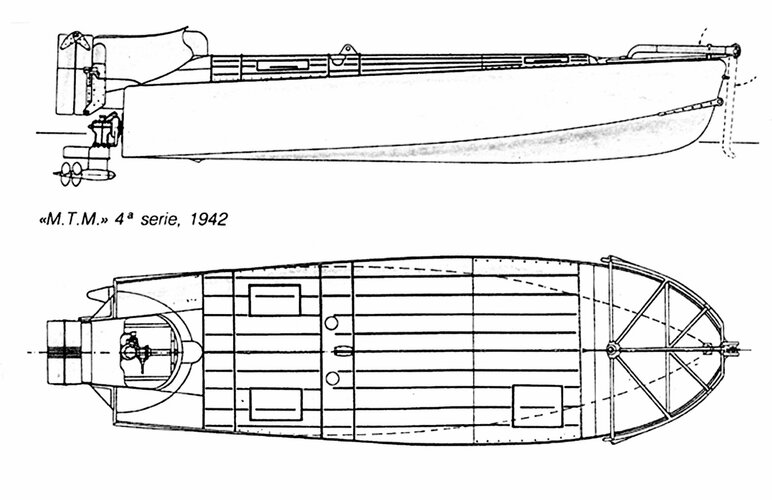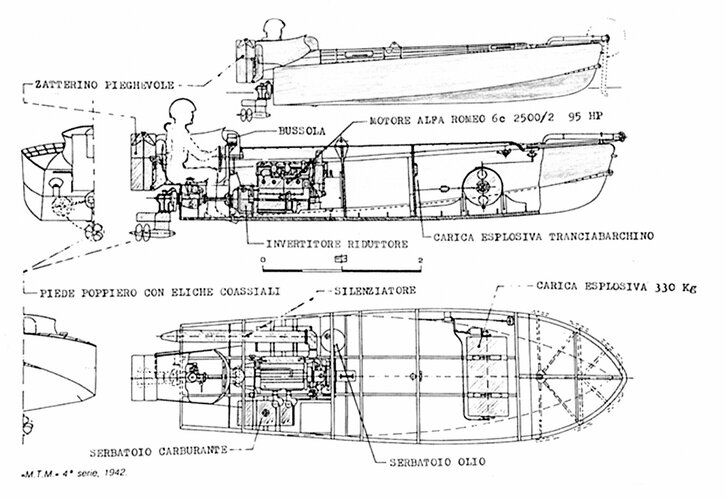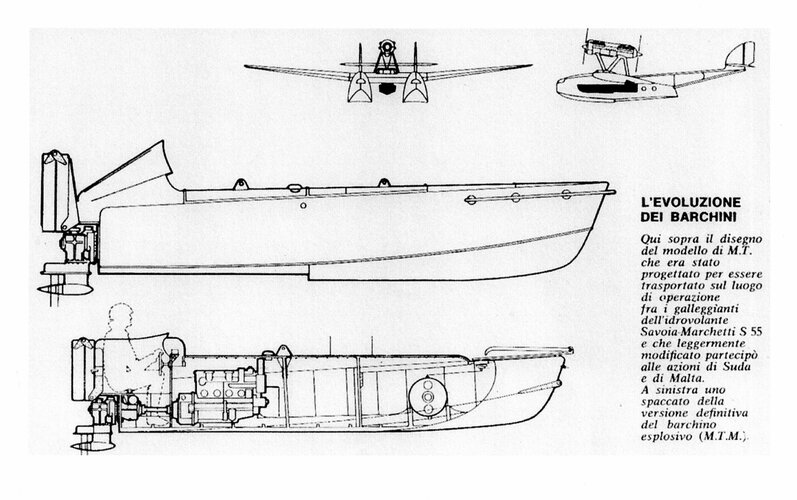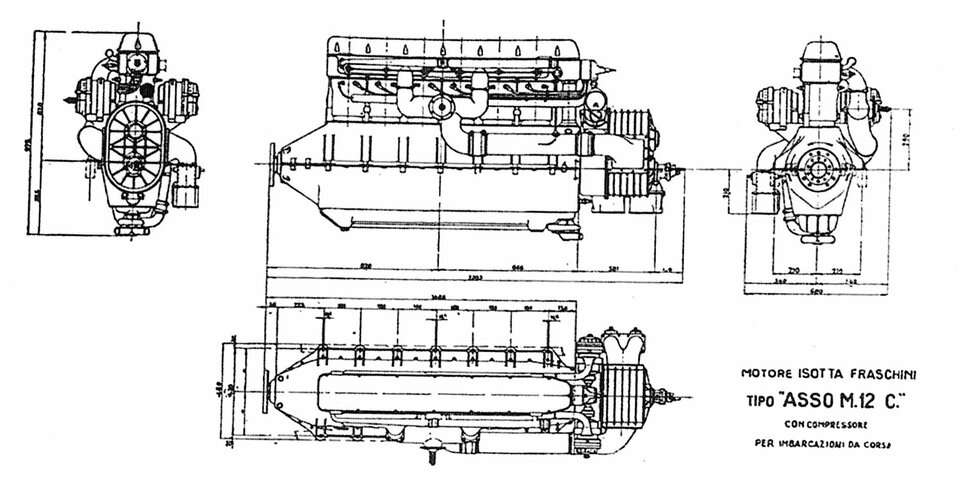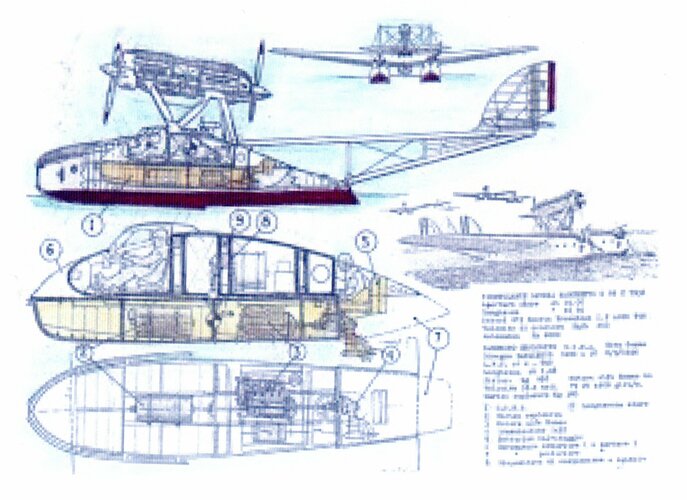A WW2 radio controlled boat for the OSS.
With early TV guided from B-17.
http://www.criticalpast.com/video/65675040187_motorboat_Campbell-missile-test_missile-disguised-as-motor-boat_radio-and-television
http://www.criticalpast.com/video/65675040188_fishing-boat_Campbell-missile-test_missile-disguised-as-fishing-boat_attack-on-enemy-ship
http://www.criticalpast.com/video/65675040189_waterborne-missile-Campbell_remotely-controlled-by-television-and-radio_equipment-loaded
http://www.criticalpast.com/video/65675040190_waterborne-missile-Campbell_remotely-controlled-by-television-and-radio_missile-attack
With early TV guided from B-17.
http://www.criticalpast.com/video/65675040187_motorboat_Campbell-missile-test_missile-disguised-as-motor-boat_radio-and-television
http://www.criticalpast.com/video/65675040188_fishing-boat_Campbell-missile-test_missile-disguised-as-fishing-boat_attack-on-enemy-ship
http://www.criticalpast.com/video/65675040189_waterborne-missile-Campbell_remotely-controlled-by-television-and-radio_equipment-loaded
http://www.criticalpast.com/video/65675040190_waterborne-missile-Campbell_remotely-controlled-by-television-and-radio_missile-attack

